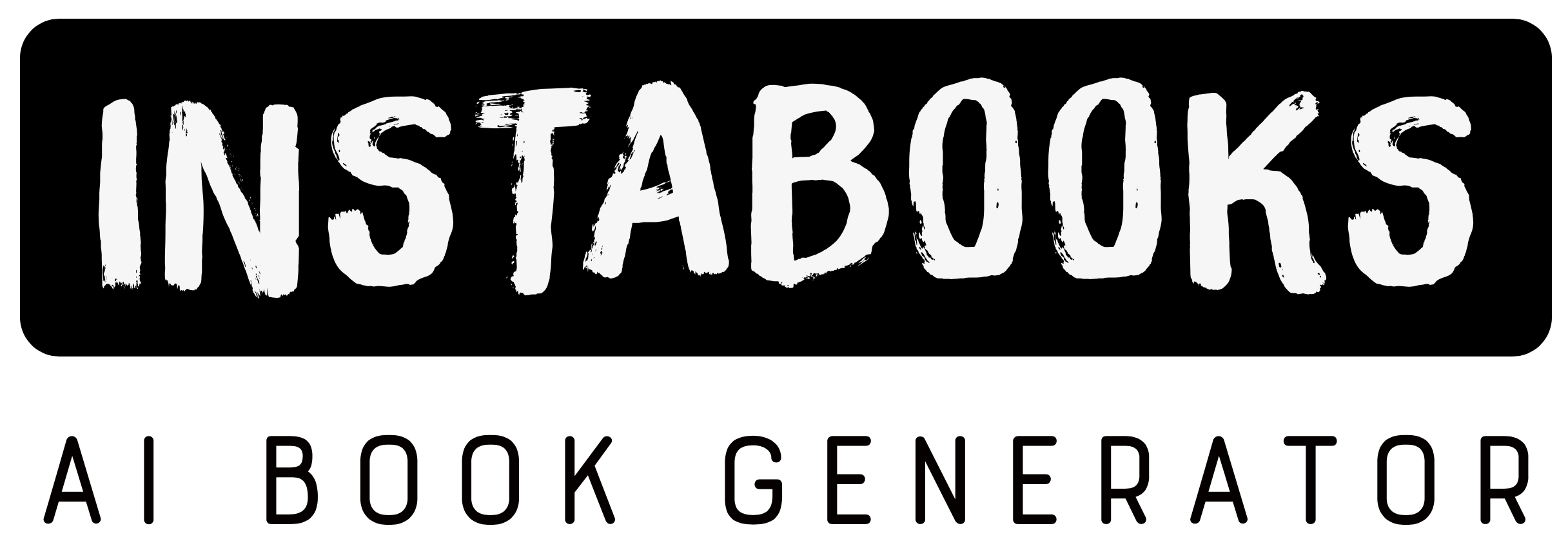
Instabooks AI (AI Author)
Unveiling U-WNO
Mastering U-Net Enhanced Wavelet Neural Operators for Complex PDEs
Premium AI Book (PDF/ePub) - 200+ pages
Introduction to U-WNO: Revolutionizing PDE Solutions
The world of Partial Differential Equations (PDEs) is vast and complex, requiring innovative approaches to tackle the challenges they present. U-WNO: U-Net Enhanced Wavelet Neural Operator stands at the forefront of this revolution, offering a cutting-edge solution for solving parametric PDEs. Combining the strengths of wavelet transforms and U-Net architecture, U-WNO elevates the extraction of high-frequency features, providing a superior understanding of spatial manifolds.
Delving into Core Concepts: The Power of U-WNO
This book delves into the technological marvel that is U-WNO. You'll discover how the Wavelet Neural Operator (WNO) employs time-frequency localization to efficiently capture spatial manifolds. Understand the elegance of the integral kernel and wavelet transformation as they converge to build a digital twin for predicting complexities such as Earth's air temperature. Moreover, the incorporation of the U-Net path and residual shortcut within the wavelet layer showcases an enhanced capability in learning intricate spatial nuances.
Implementation in Practice: Python Libraries Unleashed
The practical application of U-WNO is demonstrated through the robust Python libraries, PyTorch and PyWavelets. This book offers a comprehensive guide on utilizing these tools to build and train neural networks, execute wavelet transforms, and effectively perform wavelet domain operations. With a focus on efficiency and fast training, you'll explore numerical experiments across PDE challenges such as the Burgers equation and the Navier-Stokes equation.
The Reader's Edge: Why Choose U-WNO?
U-WNO is not just another method; it is a paradigm shift in solving PDEs. Experience efficiency that translates to faster training times and data robustness, all while being hyperparameter resilient. The introduction of an adaptive activation function addresses spectral biases, delivering a broader spectrum of learning capabilities. The performance improvements over current state-of-the-art methods are undeniable, particularly in 3D spatiotemporal operator learning tasks.
Reproducibility and Beyond: Open-source and Community-driven
Emphasizing open-source success, this book encourages readers to engage with U-WNO's available code on GitHub. The collaborative environment allows users to replicate models, predict varying PDE solutions, and innovate further. From training to testing under different initial and boundary conditions, U-WNO offers a canvas for exploring new applications and extending the work within a supportive community.
Table of Contents
1. Introduction to U-WNO Technology- Understanding Parametric PDEs
- The Evolution of Neural Operators
- Key Features of U-WNO
2. Wavelet Neural Operators Explained
- Wavelet Transform Fundamentals
- Integral Kernel Synergy
- Building Digital Twins
3. U-Net Architecture in U-WNO
- Path and Residual Shortcuts
- Enhancing Feature Extraction
- Overcoming Spatial Challenges
4. Adaptive Activation Functions
- Addressing Spectral Bias
- Advancements in Neural Networks
- Practical Applications
5. Implementing U-WNO with Python
- Leveraging PyTorch Capabilities
- Wavelet Transforms with PyWavelets
- Hands-on Guide to Coding
6. Numerical Experiments Uncovered
- Burgers Equation Applications
- Exploring Darcy Flow
- Navier-Stokes Equation Insights
7. Hyperparameter Optimization
- Achieving Robustness
- Efficiency in Model Training
- Balancing Performance and Precision
8. Advanced 3D Spatiotemporal Learning
- Techniques and Methods
- Challenges and Solutions
- Future Directions
9. Code Availability and Community Engagement
- Exploring GitHub Repositories
- Collaborative Development
- Open-source Success Stories
10. Predicting PDE Solutions
- Initial and Boundary Conditions
- Diverse Input Functions
- Model Validation Techniques
11. Training and Testing Frameworks
- Comprehensive Overview
- Iterative Testing Methods
- Evaluation of Model Performance
12. Innovating Beyond: The Future of U-WNO
- Potential Research Areas
- Expanding Application Fields
- Empowering the Next Generation
Target Audience
This book is designed for data scientists, mathematicians, and AI researchers interested in advancing their understanding of PDEs using neural operators and wavelet transforms.
Key Takeaways
- Comprehensive insight into U-WNO technology for solving parametric PDEs.
- Detailed exploration of wavelet transforms and U-Net enhancements.
- Hands-on implementation guidance with Python libraries.
- Understanding model training, testing, and optimization strategies.
- Future research directions and potential applications for U-WNO.
How This Book Was Generated
This book is the result of our advanced AI text generator, meticulously crafted to deliver not just information but meaningful insights. By leveraging our AI book generator, cutting-edge models, and real-time research, we ensure each page reflects the most current and reliable knowledge. Our AI processes vast data with unmatched precision, producing over 200 pages of coherent, authoritative content. This isn’t just a collection of facts—it’s a thoughtfully crafted narrative, shaped by our technology, that engages the mind and resonates with the reader, offering a deep, trustworthy exploration of the subject.
Satisfaction Guaranteed: Try It Risk-Free
We invite you to try it out for yourself, backed by our no-questions-asked money-back guarantee. If you're not completely satisfied, we'll refund your purchase—no strings attached.
